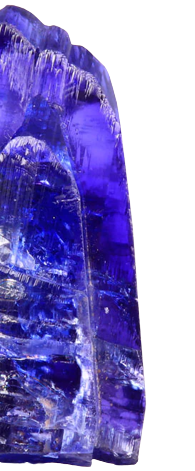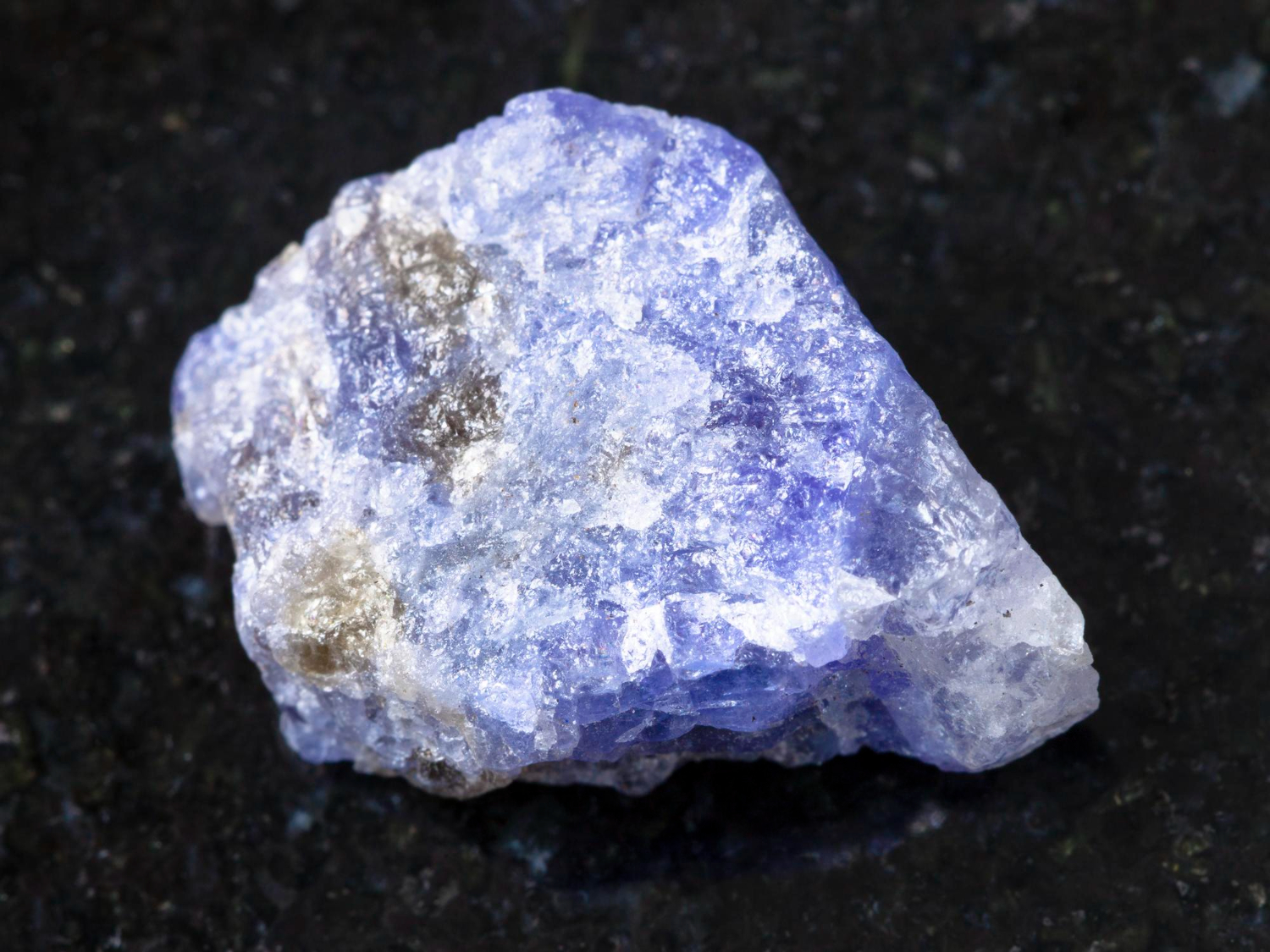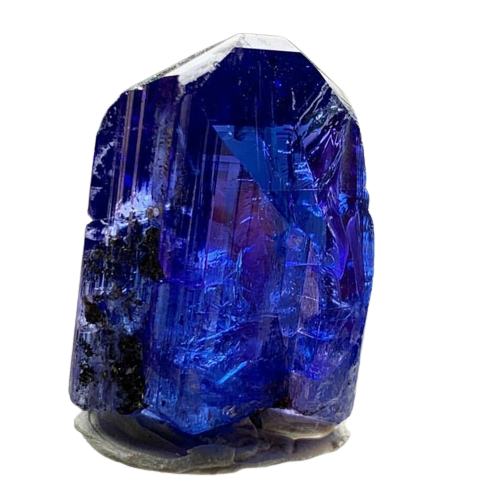Tanzanite | December
Tanzanite, belonging to a mineral family intimately connected with its own, unveils a remarkable spectrum of colors. Exploring the distinctive color variations within this mineral species can offer valuable revelations.
Tanzanite: The Enigmatic Gem of December
In the grand tapestry of time, where constellations weave their celestial tales, a tradition of celestial connection with Earth was born – the realm of birthstones. Nurtured by visionary thinkers such as Flavius Josephus, this tradition forged a deep link between zodiac constellations and earthly gemstones. From this cosmic choreography, within the enchanting aura of December, emerges Tanzanite – a gem that not only sparkles but also resonates with millennia of history and the mystical pulse of the universe.
Imagine, through the lenses of both ancient legends and contemporary science, a gemstone born deep within the Earth, crystallizing amidst the fiery embrace of the planet’s core. Forged by the Earth’s tumultuous geological forces, Tanzanite stands as a testament to the enduring spirit of souls born in December. Its name evokes the mystique of its place of origin, Tanzania, a land where it was first unearthed.
Throughout history, Tanzanite has been treasured by civilizations worldwide, reminiscent of wisdom and transcendence. It adorned the regalia of nobility and found its place in royal jewelry, a symbol of knowledge and spiritual enlightenment.
With colors ranging from ethereal blues to velvety violets, Tanzanite’s hues mirror the diverse personalities of those born in December. Modern science reveals that its unique coloration arises from the presence of vanadium, lending each shade both a scientific and symbolic uniqueness, representing facets of its wearer’s character.
Beyond its aesthetic charm, Tanzanite transcends into the realms of modern science. It is highly regarded by geologists as it provides insights into Earth’s geological history and has found applications in various fields, from art to spirituality. Yet, at its core, Tanzanite remains a gem of mysteries, dreams, and cosmic tales.
So, for souls touched by December’s enchantment, why Tanzanite? Because it’s more than a gem; it’s a celestial bridge, a symbol of insight, and a vessel for both ancient folklore and scientific wonder.
In the embrace of Tanzanite, one discovers the confluence of age-old myths, contemporary revelations, and the timeless rhythm of the cosmos.

Tanzanite: The Enigmatic Gem of December
Color Varieties: Tanzanite is celebrated for its enchanting spectrum of colors, ranging from hues of deep blue to violet. These color variations result from the unique geological conditions and mineral composition found in its exclusive source region, Tanzania.
Exceptional Tanzanite Varieties:
- Cornflower Blue Tanzanite: Known for its intense, vivid blue color, often considered the most coveted shade.
- Lavender Tanzanite: This variety displays a delicate lavender hue, adding a touch of enchantment to the gemstone.
Formation and Occurrence: Tanzanite’s genesis is a geological marvel. It is primarily found in a single location on Earth, the Merelani Hills of Tanzania. Tanzanite forms in the presence of specific geological conditions, with vanadium-rich rocks undergoing transformations deep within the Earth, resulting in this alluring gem.

Historical Significance: Tanzanite’s discovery is relatively recent, dating back to the 1960s. Since then, it has captured the hearts of gem enthusiasts worldwide. While it lacks the millennia of historical associations that some gemstones possess, it has quickly become an icon of elegance and sophistication.
Modern Uses: Tanzanite has found a special place in contemporary jewelry design, celebrated for its exceptional colors and captivating beauty. Its uniqueness makes it a sought-after gem for those looking to express their individuality and style. Additionally, it has gained popularity in the world of holistic healing, where it is believed to possess metaphysical properties associated with inner calm and higher consciousness.In the enchanting embrace of Tanzanite, one discovers not just a gem but a testament to the geological marvels of our planet. It is a symbol of rarity, elegance, and the unending wonders of the natural world.
Scientific Fact: "Tanzanite's Geological Significance"

Beyond its captivating beauty and allure, tanzanite plays a significant role in the field of geology. This exceptional gem is uniquely tied to geological processes and is primarily found in the Merelani Hills of Tanzania, making it a gem with geological significance.
Tanzanite’s mesmerizing blue and violet colors are a result of specific geological conditions. It forms in vanadium-rich rocks, which undergo a transformation deep within the Earth, where the vanadium interacts with other elements. This unique geological process is what grants tanzanite its striking colors.
Geologists regard tanzanite as a valuable indicator mineral, as its presence can reveal insights into the geological history and conditions of the region where it is found. The fact that tanzanite is predominantly found in a singular location on Earth, the Merelani Hills, adds to its geological importance. Studying tanzanite can provide information about the geological events that have shaped this region over millions of years.
Tanzanite serves as a testament to the Earth’s geological marvels, highlighting the interplay of minerals, elements, and time deep within the planet. It is not just a beautiful gem but also a geological treasure that enriches our understanding of the Earth’s history and the conditions that have given rise to its remarkable beauty.
